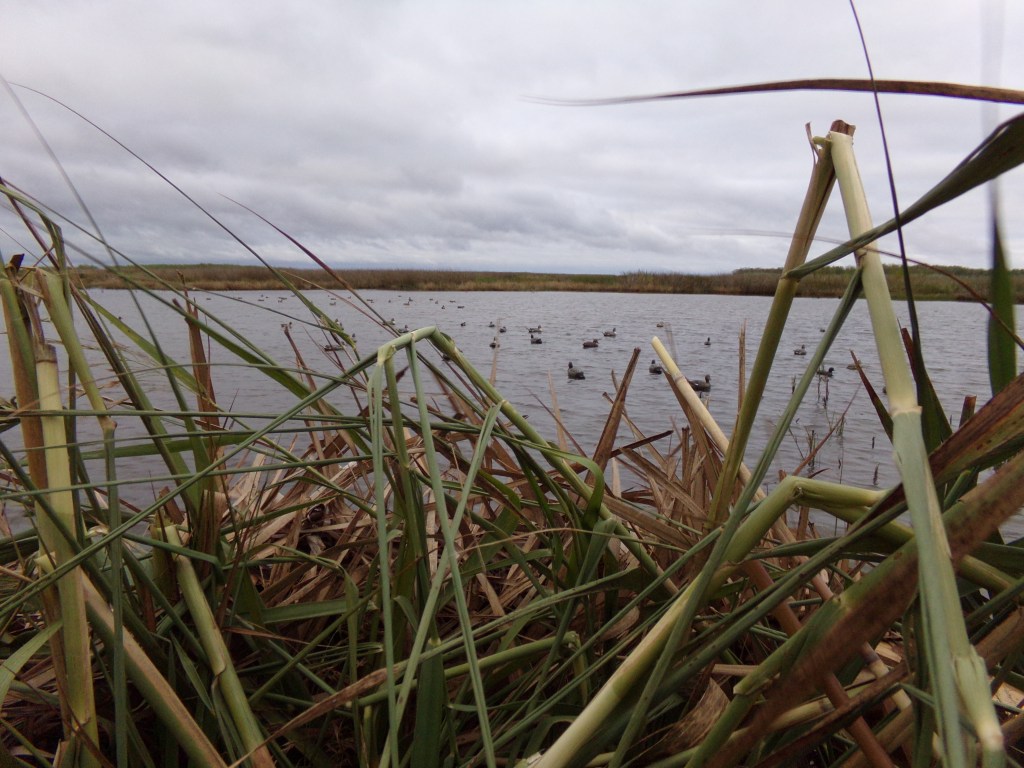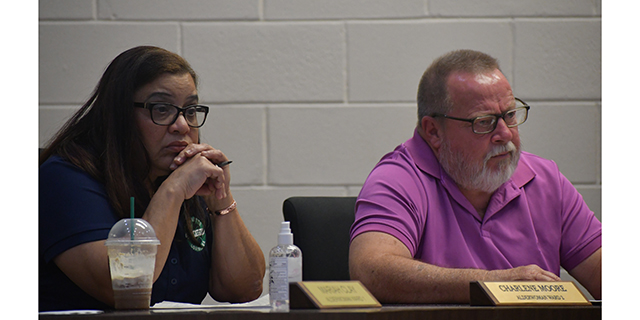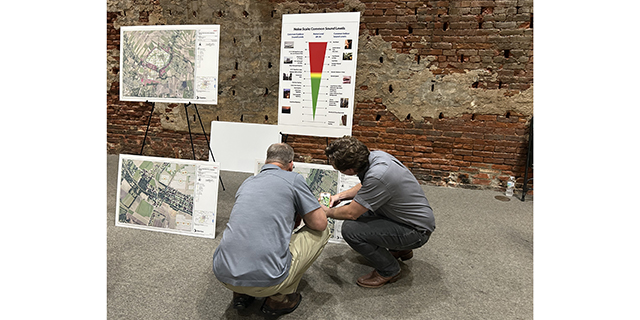Early Christmas for duck hunters as more ducks winter in Louisiana
Published 6:15 am Sunday, December 25, 2022

- Duck hunters could see more ducks making a beeline for decoys on the pond during the second split in the West Zone, which began Dec. 17. There were an estimated 1.4 million ducks in southwest Louisiana, the region's highest estimate at this time of year since 2017.
If duck hunting gods have been smiling on waterfowl hunters since the West Zone’s second split began Dec. 17, they saw many ducks the past seven days with numerous opportunities to shoot them.
With luck, that’ll be the status quo for the remainder of the second split, which ends Jan. 1, and the duration of the third split Jan. 9-29 in the West Zone. Based on the latest aerial waterfowl population estimate from the state Department of Wildlife and Fisheries, there are plenty of ducks down here, a heck of a lot more than there were before the season began in mid-November.
Jason Olszak, who’s in his second year as waterfowl program manager, conducted the survey Dec. 12-16 along transect lines across the lower part of Louisiana. He went up in the department’s plane with four staff members and two different pilots over that span.
They counted an estimated 1,387,000 ducks in southwest Louisiana, the majority of them green-winged teal. There were an estimated 705,000 ducks in southeast Louisiana and 29,000 ducks on Catahoula Lake for a total of 2,121,000 ducks in the Sportsman’s Paradise.
Olszak said the December duck estimate increased 164 percent from the record low of 802,000 in November. The 2.1 million ducks also is 3.1 percent higher but 14 percent lower than the most recent 5- and 10-year averages.
The total also is 28 percent below the long-term average of 2.98 million. More importantly for duck hunters in the heart of Acadiana, most who tend to hunt the marsh country and rice fields from Pecan Island to Lake Charles, there were 59 percent more ducks in southwest Louisiana.
The duck estimate in the southwest region of the state was the highest for this time of year since 2017, according to Olszak. And it’s higher than the most recent 5-, 10- and 15-year averages but 12 percent lower than the long-term average.
“There appears to be much more water on the landscape since November, most notably in the agricultural region. Though not included in the survey area, the agriculturally dominated region from Mamou to Crowley, in addition to the Cheneyville/Bunkie/Whiteville rice corridor, was noted as exceptionally wet while enroute to coastal transects and Catahoula,” Olszak wrote in his report released Dec. 16.
The veteran waterfowl biologist also noted there are a lot of wetland areas for ducks to disperse along the coast. Ducks were well distributed throughout transect lines, he wrote.
Also, Olszak pointed out, marsh conditions were unchanged for the most part from November other than water levels appeared slightly higher.
Additionally, he reported, while no formal estimate is calculated, they saw 32,000 geese observed incidentally within and between transects, with most of them more than 95 percent snow/Ross’. They were seen both on marsh and agriculture lands.
Statewide, duck numbers were up from last December for green-winged teal, scaup, ringneck, shoveler, mottled duck and gadwall while there were fewer ducks than last year at this time for the following species – canvasback, widgeon, mallard, blue-winged teal and pintail. Only green-winged (plus 106 percent) and blue-winged (plus 28 percent) teal are above their most recent 10-year average estimates in December.
The recent survey shows a December low for mallard and widgeon and the third-lowest estimate for mottled ducks, with only 2021 (16,000) and 2017 (19,000) lower than December 2022.
Southwest Louisiana’s duck numbers were led by the green-winged teal with an estimated 711,000. Those teal were followed by gadwall, 284,000; shoveler, 105,000; blue-winged teal, 102,000; pintail, 30,000; mallard, 22,000; mottled duck, 9,000, and widgeon, 4,000, for a total of 1,267,000 dabblers in the region.
Also in southwest Louisiana, there were 30,000 scaup, 90,000 ringnecks and less than 1,000 canvasbacks for a total of 120,000 diving ducks.





